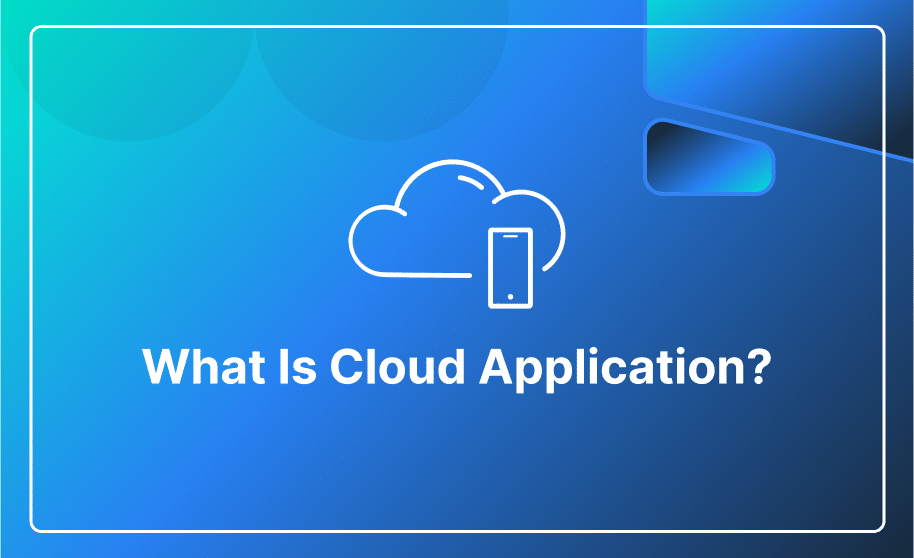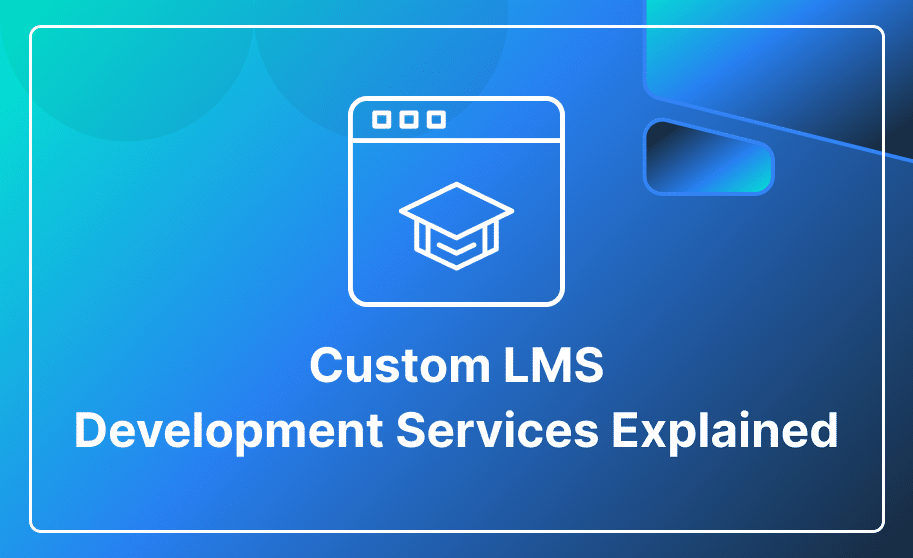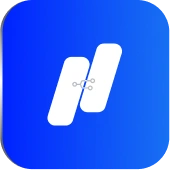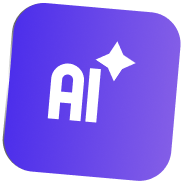In today’s digital age, businesses, entrepreneurs, and individuals must have a solid online presence through websites. However, with so many website-building options out there, choosing the most suitable one can be challenging.
In this blog, we will compare the most popular no-code tools, Bubble and Webflow, to help you choose the most suitable platform that aligns perfectly with your website-building requirements.
But before comparing, let’s have an overview of Bubble and Webflow.
What is Webflow?
Webflow is a web design and web development platform that allows users to easily create responsive websites without coding knowledge.
Webflow also offers hosting, e-commerce support, and features for interactive elements and animations.
It caters to a diverse user base, whether you are a beginner or an experienced designer or developer. It is best known for its user-friendly approach that bridges the design-development gap.
What is Bubble?
Bubble is a no-code development tool that allows individuals to build complex applications without requiring traditional coding skills.
It focuses on building web applications and dynamic websites.
Bubble also provides pre-built plugins and integrations, simplifying the process of adding functionality to web applications. Furthermore, it integrates with third-party tools, offering enhanced functionality to web applications.
Discover more about Bubble.io and enhance your understanding by reading our comprehensive guide, “What is Bubble.io? A Step-by-Step Guide for Beginners.”
Bubble vs. Webflow: A Comprehensive Comparison
Let’s have a quick look at how Bubble and Webflow services are different and what you can expect from each of them.
Webflow:
- Webflow is primarily for creating websites. It provides a visual interface for designing various types of websites.
- It is a suitable option for individuals who want to control the look of their website’s design.
- It can be utilized by both beginners and experienced developers.
- It allows the users to add their own code.
- It is perfect for building online stores. You can add features such as shopping carts or payment processing.
- Webflow provides hosting services, allowing you to place your website directly on their servers.
Bubble:
- It is mainly for building web applications.
- It is designed for individuals who prefer not to code. You can develop complex functionality without the need to write code.
- It excels in handling data effectively, making it a good choice for applications that involve user-generated content and interactions.
- Bubble can connect with third-party services and APIs, facilitating the incorporation of external tools and data into your application.

User-Friendly Interface
Neither Bubble nor Webflow is easy to use. Webflow seems easy when creating one-pagers for individuals and small businesses. But, once you start working on complex projects, you will need to learn a lot.
Webflow Designer is Webflow’s primary tool, providing an all-encompassing solution for designing, developing, and maintaining your website. Alternatively, you can access Webflow Editor by typing “? edit” to your site URL. Here, you can edit on-site content and create, modify, or delete CMS items.
Let’s explore the features of Webflow Designer:
- Web Page Element: Easily add various web page elements such as text, images, buttons, and more.
- Components: Create and reuse design elements across multiple pages to ensure consistency.
- Pages: Effectively manage and design individual pages.
- CMS: Create and oversee dynamic content such as blog posts, products, and templates.
- Logic and Workflow Setup: Establish user interactions and workflows based on events and actions.
- User: Manage user authentication, registration, and access control.
- E–Commerce: Managing online store elements like products, shopping carts, and payment processing.
- App Integration: Incorporate third-party services to enhance your website’s functionality.
- Media Files: Upload and handle media files such as images, videos, and documents.
- Project settings: Configure project settings, including SEO, domains, and custom code.
- Activity Tracking: Track project changes and activities for effective team collaboration and monitoring.
The first impression of the Bubble interface may induce some confusion as it requires some time to adjust to it. The design part comes more naturally, yet rapidly adopting a developer mindset becomes crucial to get comfortable with this tool.
Bubble provides an app assistant for newcomers. You can start building your app by answering a few questions and adjusting its colors. The idea is simple: quickly handle the design basics and transition swiftly into developing your app.
The number of design options available in the development tool was surprising. Additionally, the inclusion of responsive design options was a notable feature.
Pricing Plans: Bubble.io vs. Webflow
Both Webflow and Bubble offer free plans with some limitations, but they provide enough features to help you get started easily. Let’s discuss their pricing plans briefly:
Webflow’s Pricing Plan
The pricing plan of Webflow is divided into two groups: one is for the individual who wants to build and host a site, while the other is for the in-house teams, freelancers, and agencies. If you’re working individually, the most budget-friendly option is the basic hosting plan, priced at $14/month.
Pricing plans offered by Webflow are:
- Starter (Free).
- Basic ($14/month, if paid annually).
- CMS ($23/month, if paid annually).
- Business ($39/month, if paid annually).
- Enterprise (contact us for a customized plan to meet your business needs).
Bubble’s Pricing Plan
Bubble offers five pricing plans:
- Free
- Starter ($29/month, if billed annually)
- Growth ($119/month, if billed annually)
- Team ($349/month, if billed annually)
- Enterprise (contact us)
The pricing structure of Webflow and Bubble is entirely different. Bubble’s pricing plans focus on development capabilities, while Webflow offers a broader range of options, including hosting, CMS, collaboration features, and more.
Available Applications and Integration Capabilities
Bubble offers an extensive range of integrations, including payment gateways like PayPal, marketing tools like Google Analytics, and popular social media platforms like Facebook and Twitter. Moreover, Bubble enhances your integration capabilities and flexibility by providing an API Connector, allowing you to connect with external APIs that use a RESTful interface.
In Bubble, applications are divided into various categories, such as
- Artificial Intelligence (AI)
- Blog
- Data
- E-commerce
- Location
- Web scraping
- Smartphones
- News
- Payment
- Social network
- Visual elements
- Small businesses
- Productivity and more.

On the other hand, Webflow supports many integrations that allow you to connect with popular services like HubSpot, Shopify, Stripe, and more. It is easy to connect with these services however, handling more advanced tasks in Webflow may require coding skills and a thorough understanding of the services you’re integrating.
Webflow is continuously working to improve its services, with a specific focus on in-house and third-party apps. For instance, the new app section will allow users to explore diverse applications related to:
- Customer Service
- Security
- Customer engagement
- Content design
- E-commerce
- Booking
- Language
- Analytics
- Marketing Automation
- Development and more.
Templates
Both no-code platforms, Bubble and Webflow offer templates that assist you on your no-code journey. These templates are customizable and can be customized according to your specific requirements. The key difference between them is that Bubble templates are for various purposes, whereas Webflow’s templates are mainly for marketing sites.
Webflow offers more than 2000 templates. These templates are highly customizable, you can change anything virtually. You can explore different templates by categories, language, style, features, and more.
Currently, Bubble offers approximately 1300 templates for the following categories:
- Games
- Online stores
- Blog
- CRM
- Marketplace
- Landing pages
- Portfolio
- On-demand services
- Social and more.
SEO
Webflow provides user-friendly features like clean code, sitemap generation, and customizable meta tags. These features empower search engines to efficiently navigate and index your website, which leads to improved ranking and increased website traffic.
Some SEO features offered by Webflow are:
- Built-in SEO tools
- Clean HTML and CSS
- 301 redirects
- Responsive design
In contrast, Bubble has limited SEO capabilities, offering only basic options such as page titles and meta descriptions. These limitations make it challenging to achieve a higher ranking in the Search Engine Result Pages (SERPS).
Customer Support
Contacting Webflow support can be challenging as setup allows the users to find the solutions on their own. However, there’s an active forum from where you can get help.
When it comes to customer support, Bubble has a more friendly approach, especially in discussions related to Sales and Partnerships. However, for general support, the Support Center guides users to the search option to explore the comprehensive FAQ and articles.
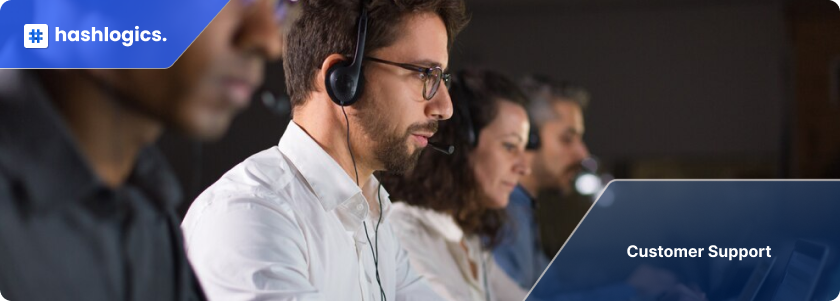
Which One to Choose: Webflow or Bubble?
Choose the platform that perfectly aligns with your project requirements.
Webflow is an ideal choice for individuals who are looking for an intuitive platform with advanced SEO capabilities and a diverse range of integrations. Webflow is a good option for small business owners or entrepreneurs who want to build a professional-looking website rapidly and easily.
If you’re a web developer or entrepreneur looking to build complex web applications, mobile apps, or prototypes without coding, then Bubble might be the perfect solution for you. It’s also a suitable option if you need customized integrations or workflows.
When considering no-code platforms, it’s crucial to understand the specifics. Check out our blog post, “Bubble.io: A Comprehensive Review of Pricing, Features, and Potential Limitations,” to make informed decisions.
Conclusion:
Webflow and Bubble are competitors. They are primarily designed for different purposes. While Webflow excels in building marketing sites and can also handle app development, Bubble is for building web apps but is also capable of building marketing sites.
Want to know more about No-Code? Check out our blog, “What is No-Code and How Does It Revolutionize Development?”


